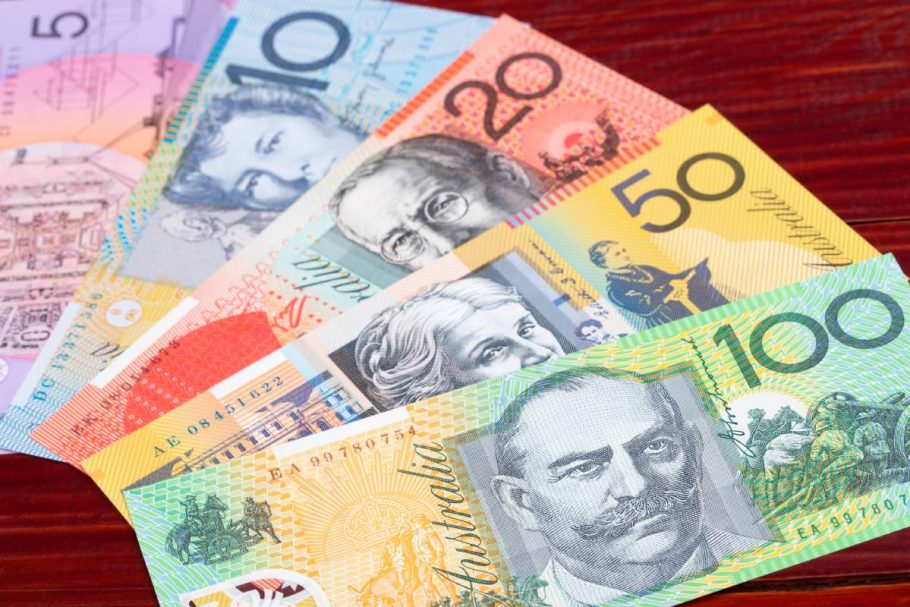In this article explores what currency appreciation and depreciation are, how they occur, and who stands to benefit from these movements.
Currency appreciation and depreciation are two crucial concepts in global economics that significantly affect trade, investment, inflation, and the overall economic health of a country. Understanding these terms and their implications is essential for businesses, investors, and even everyday consumers.
In this article, we’ll explore what currency appreciation and depreciation are, how they occur, and who stands to benefit from these movements.
What is Currency Appreciation?
Currency appreciation occurs when a currency increases in value relative to another currency. This means that a unit of one currency can now purchase more of another currency than it could previously. For example, if 1 Euro (EUR) could buy 1.1 US Dollars (USD) and later it buys 1.2 USD, the Euro has appreciated against the Dollar.
Currency appreciation typically happens for several reasons, such as:
-
- Increased Demand for the Currency: When foreign investors or countries demand more of a particular currency, its value tends to rise. For instance, if foreign investors want to invest in a country’s assets (like real estate, bonds, or stocks), they need to exchange their currency for the local currency, increasing its demand.
- Higher Interest Rates: A country with higher interest rates compared to others becomes more attractive to investors because they can get better returns on their investments. This leads to increased demand for that country’s currency, causing it to appreciate.
- Trade Surpluses: If a country exports more than it imports, foreign buyers need to purchase the country’s goods and services using its currency. This boosts demand for the currency, leading to appreciation.
- Strong Economic Indicators: When a country has a robust economy with low inflation, low unemployment, and healthy growth, confidence in its currency rises, leading to appreciation.
What is Currency Depreciation?
Currency depreciation, on the other hand, is the opposite of appreciation. It occurs when a currency loses value relative to another currency. In simple terms, depreciation means that a unit of one currency buys less of another currency than it did before. For example, if 1 British Pound (GBP) could buy 1.4 USD and later it buys 1.2 USD, the Pound has depreciated against the Dollar.
Currency depreciation can occur due to:
- Increased Supply of the Currency: When a central bank increases the money supply, typically by printing more money or lowering interest rates, the value of the currency tends to fall. This is because there’s more currency available, reducing its scarcity and hence its value.
- Political Instability: Political uncertainty or instability in a country can lead to a lack of confidence in the currency. As investors pull their money out, demand for the currency falls, causing depreciation.
- Trade Deficits: If a country imports more than it exports, it needs more foreign currency to pay for imports. This reduces demand for the local currency and leads to depreciation.
- Higher Inflation: When inflation is higher in one country than in others, the purchasing power of the currency falls, causing depreciation. High inflation can make goods and services more expensive, leading to reduced demand for the currency.
Who Benefits from Currency Appreciation?
Currency appreciation has distinct winners and losers. Let’s explore who benefits from an appreciating currency.
1. Consumers:
Consumers in an economy with an appreciating currency enjoy significant benefits. Since their currency is worth more, they can purchase imported goods at a lower price. For instance, if the US Dollar appreciates against the Euro, US consumers will find European goods, like cars or electronics, cheaper. This leads to more buying power and lower inflation, as the cost of imports falls.
2. Tourists Traveling Abroad:
An appreciating currency means that citizens travelling abroad get more value for their money. For example, if the Australian Dollar appreciates against the Thai Baht, Australian tourists can enjoy more affordable vacations in Thailand because their currency buys more Baht than before.
3. Investors Holding Foreign Assets:
Investors who hold foreign assets in countries with depreciating currencies benefit when their home currency appreciates. For instance, a US investor who holds European stocks benefits if the USD appreciates against the Euro because when they convert their investment returns back into USD, they get more dollars than they initially invested.
4. Countries with Large Imports:
Countries that rely heavily on imports benefit from currency appreciation. Their import bills decrease as they need fewer units of their currency to buy foreign goods. For instance, if Japan’s Yen appreciates, the country can buy foreign raw materials and oil at a lower cost, reducing inflationary pressures.
Who Benefits from Currency Depreciation?
Just as currency appreciation benefits certain groups, currency depreciation has its own set of beneficiaries.
1. Exporters:
Exporters are among the biggest winners when a currency depreciates. A weaker currency makes their goods cheaper and more competitive in foreign markets. For example, if the Chinese Yuan depreciates against the US Dollar, Chinese products become more affordable for US buyers, boosting demand for Chinese exports. This can stimulate the economy by increasing production and employment in export-driven industries.
2. Foreign Tourists Visiting the Country:
Countries with depreciating currencies become more attractive destinations for foreign tourists. Their money goes further, allowing them to enjoy vacations at a lower cost. For example, if the South African Rand depreciates against the Euro, European tourists will find it cheaper to travel to South Africa, potentially boosting the tourism sector.
3. Domestic Companies Competing with Imports:
When a country’s currency depreciates, imported goods become more expensive. This benefits domestic companies that produce similar goods since their products become relatively cheaper compared to imports. It can encourage consumers to buy domestically produced goods, stimulating local industries.
4. Countries with Large Foreign Debts:
Countries that owe debts in foreign currencies but earn revenue in their own currency may benefit from depreciation, depending on the terms of the debt and economic structure. A weaker currency makes their debts easier to service if export revenues rise significantly. However, this scenario is complex and could backfire if debt repayment becomes too expensive due to the currency’s decline.
Drawbacks of Currency Appreciation and Depreciation
While there are clear winners in both appreciation and depreciation scenarios, these currency movements can also have negative effects.
1. Currency Appreciation Drawbacks:
-
-
- Exporters Face Challenges: A stronger currency makes a country’s exports more expensive and less competitive in global markets. This can lead to reduced sales for exporters and potentially lower profits.
- Potential for Deflation: Currency appreciation can reduce inflation, but in extreme cases, it can lead to deflation (a decrease in the general price level), which can cause an economic slowdown.
-
2. Currency Depreciation Drawbacks:
-
-
- Imported Inflation: As the local currency loses value, the cost of imported goods rises. This can lead to higher inflation, making everyday items more expensive for consumers.
- Increased Debt Burden: For countries or businesses with debt denominated in foreign currencies, depreciation can make it more expensive to service those debts.
-
Conclusion
Currency appreciation and depreciation are fundamental concepts in global economics, affecting everything from trade and tourism to inflation and debt. While consumers, tourists, and investors may benefit from currency appreciation, exporters, foreign tourists, and domestic producers often gain from currency depreciation.
However, both scenarios come with trade-offs. Businesses, governments, and individuals need to carefully monitor exchange rates to navigate the risks and opportunities posed by these currency fluctuations.
In an increasingly interconnected global economy, understanding how currency movements impact different sectors is key to making informed decisions, whether you’re a business leader, policymaker, or consumer.





